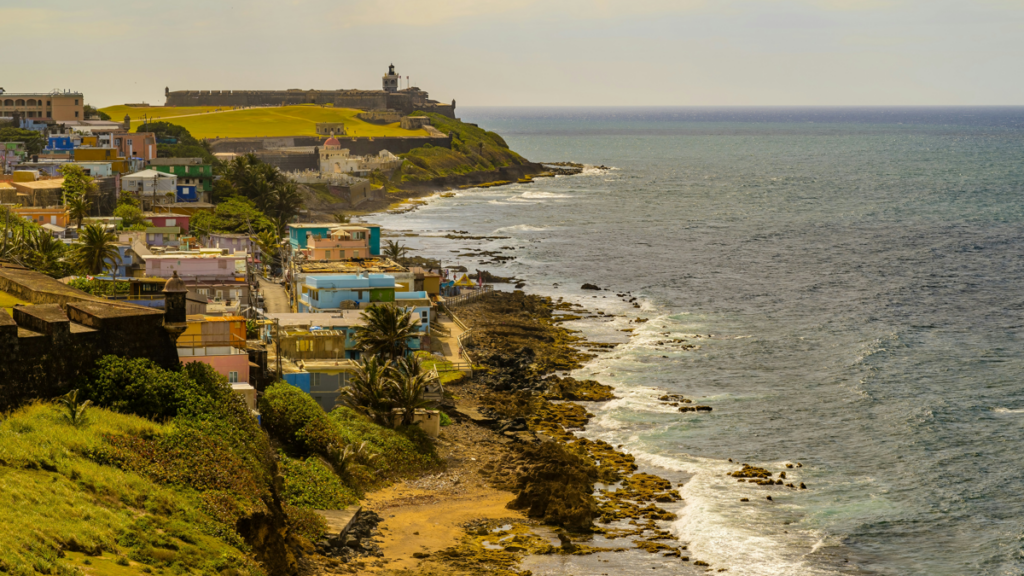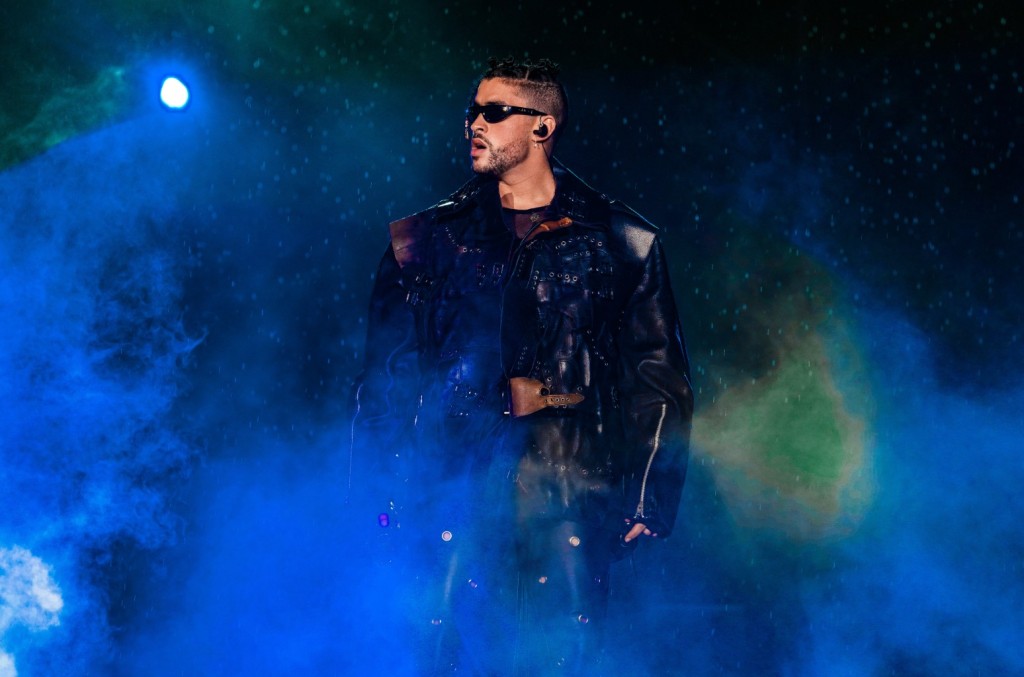Bad Bunny Residency Makes Puerto Rico’s Travel Industry Surge In Broader Economic Boost


Photo Credit: San Juan, Puerto Rico, by Naveen Naidu
In Puerto Rico’s typical slow season, the island’s travel industry surges as part of the broader economic boost brought on by Bad Bunny’s residency.
Bad Bunny’s three-month San Juan residency has boosted Puerto Rico’s local economy over the summer, during what is usually the island’s slow season. The 30-show concert series has spurred a short-term travel surge when tourism is low due to hurricane season.
Between June and November—the Atlantic hurricane season—Puerto Rico’s tourism usually drops by as much as 45%, while prices for accommodations can fall by up to 50%, according to tourism agency Discovery Puerto Rico. Tourism accounts for around 7% of the island’s $114 billion economy.
But that’s when Bad Bunny isn’t in town. During the Puerto Rican rapper’s residency, which ended on September 14, he broke attendance records at Puerto Rico’s Coliseum with nearly 600,000 attendees. Even more impressively, those attendees had an estimated economic impact of $713 million.
That’s one of the most financially significant events for the island in the last ten years, according to a study by Gaither International. Those figures reveal that Bad Bunny’s residency not only demonstrated his star power, but turned the spotlight on the way a world-class entertainer can strengthen Puerto Rico’s local economy. Further, it can inject tourism into the territory during the off-season and solidify Puerto Rico’s place as a musical—and cultural—destination.
The first near-third of shows was reserved only for Puerto Rico residents, but international attendance grew throughout the rest of the residency. An average of 55% of attendees were residents of Puerto Rico, while 39% were from the United States, and 6% were from other countries, predominantly the Dominican Republic, Colombia, Mexico, and Spain.
Of those, Puerto Rican residents contributed around $126 million. Visitors from the rest of the United States generated $507 million, and those from other countries generated around $80 million.
More than half of the foreign visitors said that a Bad Bunny performance was the main reason for their trip, with an average stay of 8.7 nights. Locals who traveled to San Juan stayed around 1.5 nights. Accommodations were divided between hotels (33%), short-term rentals like Airbnb (20%), and homes of friends or relatives (47%).
Meanwhile, 82% of tourists visited Puerto Rico’s beaches, while 69% visited restaurants, 57% enjoyed the nightlife, and 55% toured Old San Juan. The sectors that saw the greatest benefits include lodging, gastronomy, transportation, nightlife, retail, production services, and experiential tourism (beaches, tours, Old San Juan).
Airlines also saw increases in flight frequency from the U.S. to Puerto Rico at approximately 20% over the summer. Public transportation in Puerto Rico, including Uber, Lyft, and taxis, saw increased operation on concert nights.
“The bittersweet component is that this stimulus really isn’t going to last,” said Jesse Rogers, Head of LatAm Economics at Moody’s Analytics. “You actually get a slightly slower growth in 2026 as that stimulus fades.”
According to AirDNA, which tracks short-term and vacation rentals worldwide, revenue from short-term rentals in San Juan more than doubled from last year.
“You see this kind of bump when it’s the Paris Olympics or the Super Bowl, but those are short stints,” added Jamie Lane, Chief Economist at AirDNA. “This is the first time we’ve seen it consistently in one city.”
Overall, the figures exceeded all projections. The projected impact was initially estimated at around $200 million. But that continued to rise, reaching an average of $400 million. A study by Advantage Business Consulting projected an economic impact for Puerto Rico of $377 million, of which approximately $302 million is concentrated in San Juan.
Link to the source article – https://www.digitalmusicnews.com/2025/09/17/bad-bunny-puerto-rico-travel/
-
C Key Trumpet Military Style Brass Trumpet Bugles Instrument with Mouthpiece for Cavalry Bugle Military Orchestra (Silver)$64,25 Buy product
-
26 inch Caramel CT904 Ebony Tenor LCD color display Electric Professional Player Beginners Ukulele Uke Kit Bundle Padded Gig bag Strings,Strap$99,99 Buy product
-
Arturia KeyLab Essential 88 – 88-Key Semi Weighted USB MIDI Keyboard Controller$319,00 Buy product
-
POMAIKAI Concert Ukulele Mahogany 23 inch Beginners Starter Kit Small Hawaiian Guitar Ukeleles for Beginners Adults with Gig Bag$59,99 Buy product
-
TUOREN Gold Bugle Cavalry Trumpet Brass Instrument for School Band Cavalry Beginner Military Orchestra W/Carrying Bag$28,99 Buy product
-
Eastrock Recorder Instrument for Kids Adults Beginners Soprano Recorder Baroque Maple Wood C Key 2 Piece Recorder With Hard Case,Joint Grease And Cleaning Kit$21,99 Buy product












Responses